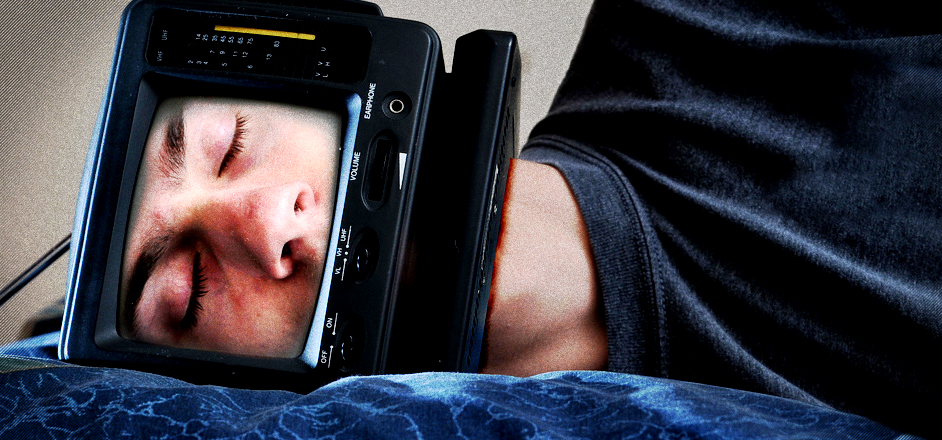If you've updated your iPhone within the past few weeks, you may have noticed something vaguely peculiar yet also conveniently life threatening.
The "snooze" feature on the alarm screen is busted to bloody heck. Oh it'll turn off alright, but you won't hear the alarm ever again. Suddenly, an hour later, you'll fervently shake out of a lucid dream and realize it's been "snoozing" the whole time — with a cute countdown showing exactly how late to work you currently are.
Congratulations, you're probably going to lose your job. Thanks Apple.
But have you ever wondered why nine minutes is the go-to for the snooze feature? Not five, or six, or forty-three? There's actually a logical explanation for it, and has a lot to do with old-school clocks and how they worked internally.
Daniel Craig, 63, is an avid tinkerer who claims to have built over 40 clocks and watches from scratch. He says the snooze feature was first installed wayyyy back in the 1950s. He isn't quite sure how people squandered extra time to sleep before then, but thinks it was probably just natural to get up and "do what you do."
When snooze was first introduced, he says, because of the way all the internal gears worked, it would have to be set to either a little before 10 minutes, or a little after — nothing exact. Analog clocks, says Craig, only go from zero to nine, which is only nine minutes long. Things would have "gotten tricky in there" had it gone longer. It's also rumored that scientists then believed people fell into deep sleep after 10 minutes, so waking up after that would cause for grumpy people worldwide. The dial was set to nine, and the rest is history.
"The digital ones now obviously don't need gears," says Craig. "But when you etch something like that into culture, it's very hard to get out of the habit. If phones set snooze to 10 you'd better believe people would call and post nasty comments to the company. It's just easier to abide."
Hope this info comforts you while desperately searching LinkedIn for a new, flexible career.



Leave a Reply